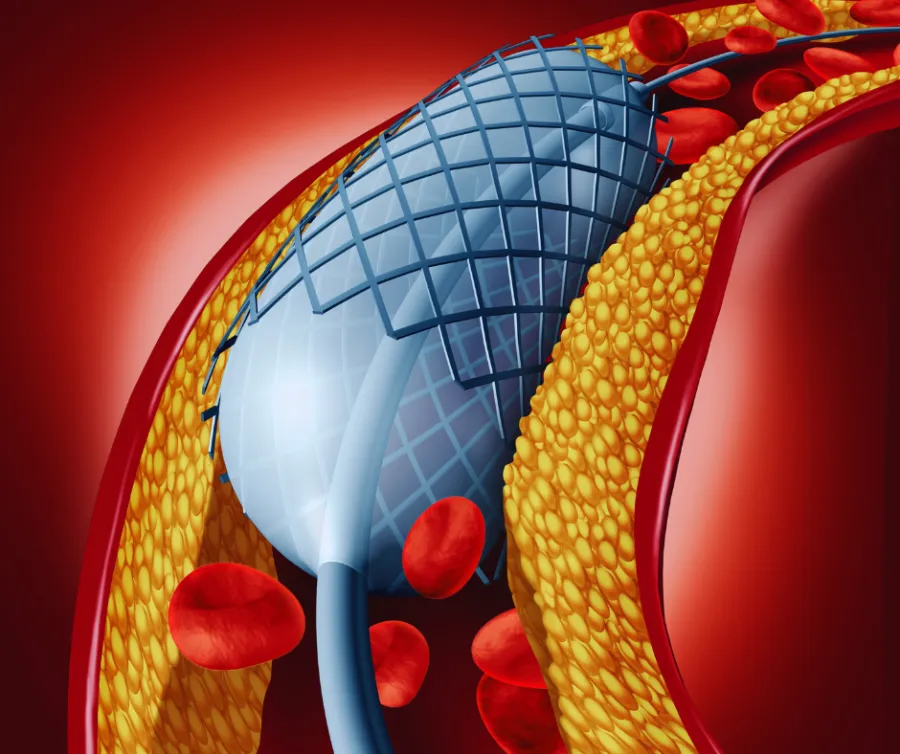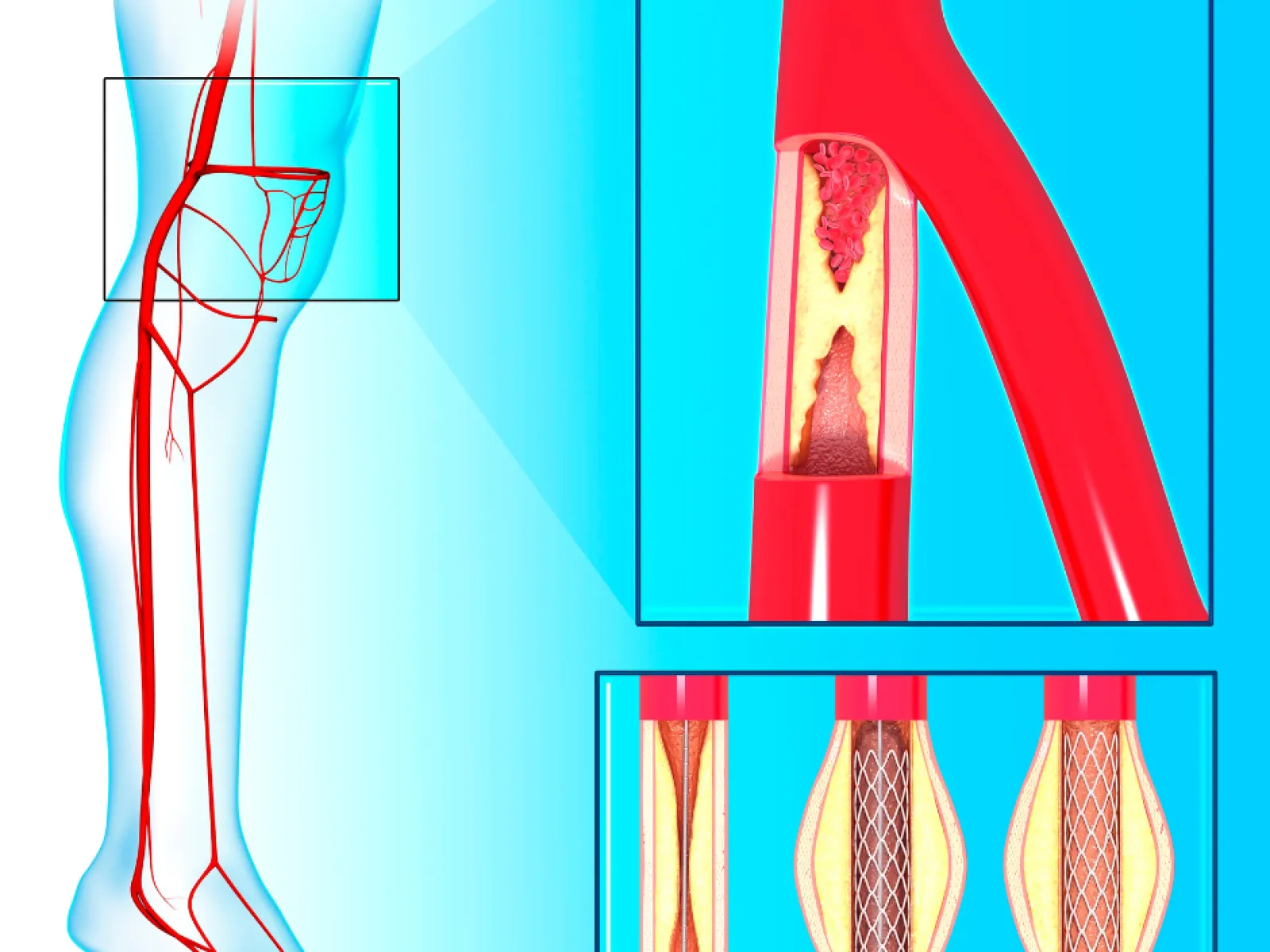
Angioplasty for PAD in Atlanta
Restore Blood Flow With or Without a Stent

What Is an Angioplasty?
Angioplasty is a minimally invasive, image-guided procedure used to open narrowed or blocked arteries and restore normal blood flow. It is commonly performed to treat Peripheral Artery Disease (PAD), Coronary Artery Disease, and other vascular conditions that reduce circulation to the legs, heart, or other organs.
At Advanced Vascular & Vein, our board-certified interventional radiologists use the latest endovascular technology to perform angioplasty with precision and safety, offering long-lasting relief from pain, cramping, and fatigue caused by poor circulation.
Angioplasty Treatment Options: With or Without Stent
Angioplasty Without Stent
Angioplasty With Stent Placement

Is Angioplasty Right for You?
You may be a candidate for angioplasty if you have symptoms of Peripheral Artery Disease (PAD) or other circulation problems that haven't improved with medications or lifestyle changes. Angioplasty may also be recommended for:
- Narrowed carotid arteries (to prevent stroke)
- Renal artery disease, which can cause high blood pressure
- Blocked limb or pelvic arteries that affect walking or wound healing
Common Symptoms of Peripheral Artery Disease (PAD)

Leg pain or cramping when walking (claudication)

Numbness or weakness in the legs or feet

Non-healing wounds or ulcers on the toes or ankles

Pale, cold, or discolored legs

Rest pain or pain in the legs even when at rest
change pic
Benefits of Angioplasty
-
Minimally invasive, outpatient procedure
-
No open surgery or general anesthesia
-
Immediate improvement in blood flow and circulation
-
Relief from leg pain, fatigue, and cramping
-
Short recovery and fast return to daily activities
-
Helps prevent ulcers, infections, and limb loss